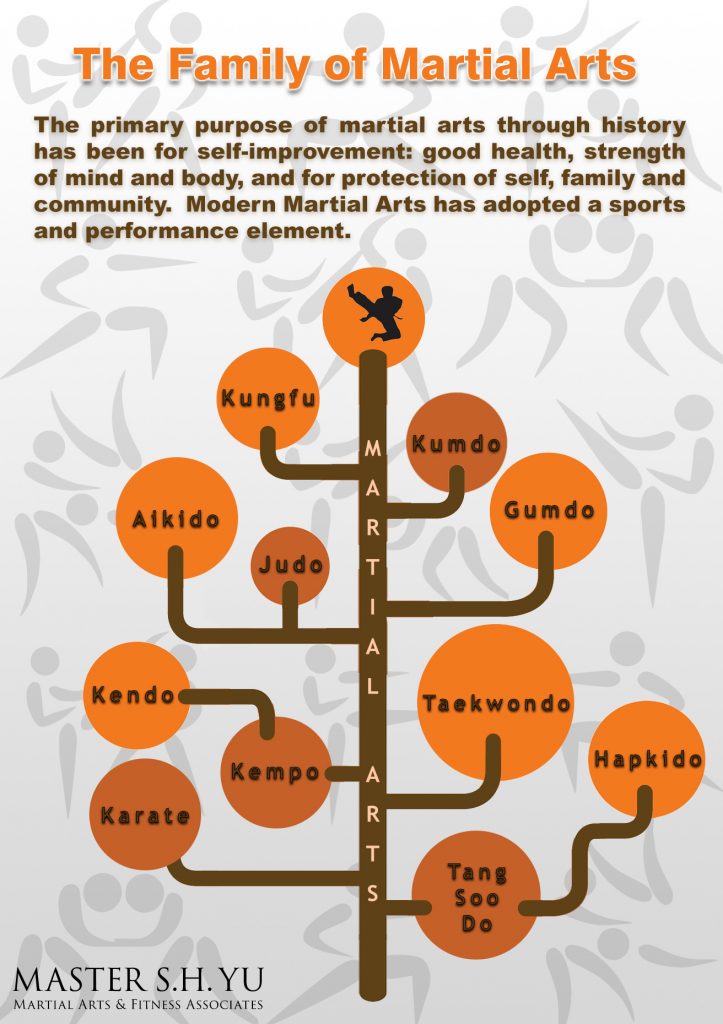Key Distinctions In Between Typical Martial Arts And Modern Combat Sports: An Extensive Evaluation
Key Distinctions In Between Typical Martial Arts And Modern Combat Sports: An Extensive Evaluation
Blog Article
Personnel Author-Thuesen Hovgaard
When you think about martial arts, do you lean much more toward the traditional practices or the modern fight sporting activities? Each path provides one-of-a-kind benefits and experiences, shaped by their philosophies and training methods. Traditional martial arts emphasize personal development and technique, while contemporary fight sports focus on competition and efficiency. Comprehending mouse click the next internet page can direct you in picking the appropriate method for your journey. However just how do these differences show up in training and philosophy?
The Philosophy and History Behind Conventional Martial arts
While many people connect martial arts with physical battle, the ideology and history behind conventional martial arts run much deeper. You'll find that these disciplines stress personal development, discipline, and respect.
Originating from ancient practices, traditional martial arts were typically developed for Self-Defense and spiritual growth. They embody concepts such as balance, consistency, and self-control, guiding practitioners past mere combating skills.
As https://martial-arts-kids-arnis22110.blogdeazar.com/35240940/the-physical-benefits-of-fighting-style-structure-strength-and-adaptability train, you'll not just discover methods yet also get understandings into the society and worths that formed these arts. The rituals and traditions, commonly passed down through generations, promote a feeling of neighborhood and belonging.
The Affordable Nature of Modern Combat Sports
Modern fight sporting activities have actually transformed the landscape of martial arts right into a very affordable field, where athletes challenge in an examination of ability, method, and endurance.
You'll discover that competitions are often organized with rigorous guidelines and policies, ensuring fair game and safety. These occasions bring in huge audiences, fueling the exhilaration and intensity of competitions.
Athletes train rigorously, not just for physical expertise but also for psychological sturdiness, understanding that every detail counts in the ring. The adrenaline thrill during competitions is apparent, as boxers push their restrictions to claim victory.
Fans value the athleticism and creativity involved, making contemporary fight sports a thrilling spectacle that remains to progress and mesmerize enthusiasts around the world.
Training Approaches and Strategies: A Relative Evaluation
The affordable ambience of contemporary battle sports needs cutting-edge training methods that differ considerably from conventional martial arts.
In modern training, you'll concentrate on particular methods, competing, and conditioning, commonly using drills that mimic real fight scenarios. You'll see an emphasis on measurable efficiency and constant competitors to evaluate your abilities.
On the other hand, typical martial arts prioritize forms, katas, and philosophical teachings, usually highlighting discipline and regard over competitors.
Training is typically much less intense and might include repeated practice rather than real-time sparring.
While both techniques build ability and health and fitness, modern-day combat sporting activities give a much more vibrant and versatile training setting, preparing you for prompt challenges in the ring or cage.
Choose the path that lines up with your goals and rate of interests.
Verdict
In picking in between conventional martial arts and modern-day combat sporting activities, it truly comes down to what you value most. If you're looking for individual growth, discipline, and a feeling of area, standard arts might be your finest fit. However if you flourish on competitors and real-time difficulties, modern combat sports could be the method to go. Ultimately, both courses use special advantages, so it's all about aligning your training with your individual objectives and interests.
